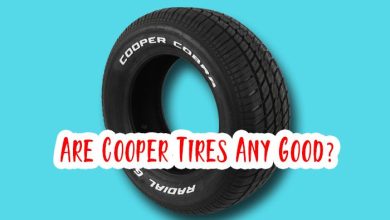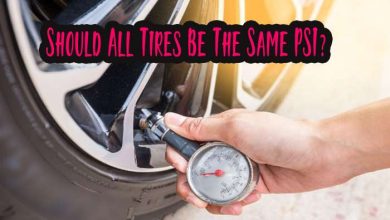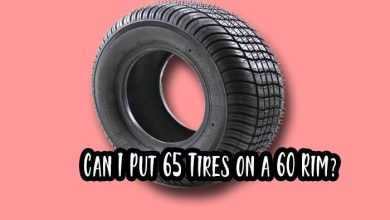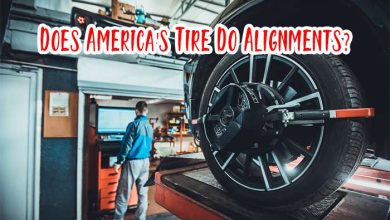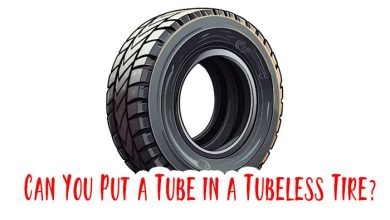Benefits Of Tubeless Tires | The Road Warrior’s Choice
Regarding tires, the rubber meets the road, quite literally. As a self-proclaimed tire fan, I’ve navigated the intricate terrains of rubber and rims, and let me tell you, the game-changer in the tire world is the advent of tubeless tires.
In this riveting exploration, we’ll unravel the mysteries of these modern marvels, exploring how they differ from their traditional counterparts and delving deep into the myriad benefits that make them a true road warrior’s choice.
How Tubeless Tires Differs from Traditional Tires?
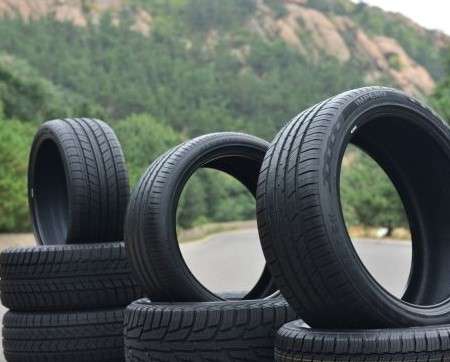
1. Breaking Free from Tubes
Traditional tires come with inner tubes, those inconspicuous culprits that seem innocent until you’re stranded on the side of the road with a flat. Tubeless tires, on the other hand, do away with this vulnerability.
Also Read: Bald Tires vs New Tires
No tubes, no troubles! It’s a straightforward innovation that eliminates the Achilles’ heel of traditional tires.
2. The Seal of Independence
One of the key distinctions is the self-sealing ability of tubeless tires. Picture this: a nail punctures your tire. With a traditional tire, you’re looking at a swift deflation and a frustrating pit stop. But with tubeless tires, a special sealant inside takes charge.
It seals punctures as soon as they happen, letting you carry your journey uninterrupted. Punctures bow down to tubeless might!
3. Embracing a Cooler Ride
Heat is the enemy of tires. Traditional tires generate more heat due to the tube and tire friction. Tubeless tires, being free of this friction, run cooler. A more excellent tire not only lasts longer but also enhances fuel efficiency. It’s like giving your vehicle a breath of fresh air, or in this case, a breeze of excellent rubber.
Benefits of Tubeless Tires
Tubeless tires offer several benefits over traditional tube-type tires, including:
1. Reduced risk of punctures:
Tubeless tires are less likely to puncture than tube-type tires because they do not have an inner tube that can be pinched or pierced. Even if a tubeless tire punctures, the sealant inside the tire can often seal the hole and prevent a flat.
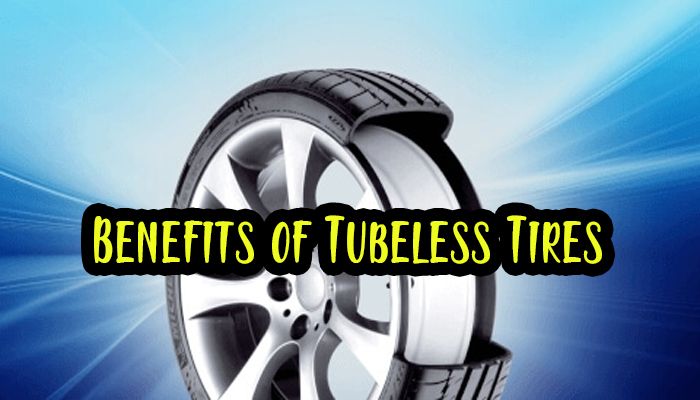
2. Improved ride quality:
Tubeless tires can be run at lower pressures than tube-type tires without the risk of pinch flats. This results in a smoother and more comfortable ride.
3. Better traction and handling:
Tubeless tires conform to the ground better than tube-type tires, which provide better traction and handling, especially on rough surfaces.
Read More: Are Continental Tires Good?
4. Reduced rolling resistance:
Tubeless tires have lower rolling resistance than tube-type tires, requiring less energy to roll, resulting in faster speeds.
5. Weight reduction:
Tubeless tires and rims are typically lighter than tube-type tires and rims, which can reduce the bike’s overall weight.
Tubeless tires offer several advantages over traditional tube-type tires, including improved puncture resistance, ride quality, traction, handling, and rolling resistance.
Here are some additional benefits of tubeless tires:
- Reduced heat generation: Tubeless tires generate less heat than tube-type tires, which can extend the tire’s life and rim.
- Improved braking performance: Tubeless tires perform better than tube-type tires, especially in wet conditions.
- Longer lifespan: Tubeless tires typically have a longer lifespan than tube-type tires.
Disadvantages of Tubeless Tires
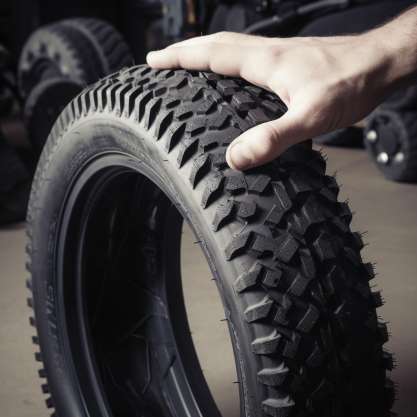
1. Balancing the Equation
While the pros of tubeless tires are undoubtedly impressive, it’s only fair to acknowledge the cons. The primary challenge lies in initial installation and repair.
Tubeless tires demand precision during fitting, and repairing a puncture requires specialized knowledge. It’s a small price for many benefits, but a consideration nonetheless.
Read Also: Are Cooper Tires Any Good?
2. Cost of the Revolution
Revolutionizing your vehicle’s tires comes at a cost. Tubeless tires are generally more expensive than their traditional counterparts. However, considering the extended lifespan and improved performance, the investment pays off in the long run. It’s not an expense; it’s a wise choice for the road ahead.
3. Not for Every Terrain
While tubeless tires excel on well-paved roads, they might not be the best companions for extreme off-roading adventures. The lack of an inner tube means a higher risk of rim damage when navigating rocky terrains. It’s a reminder that every hero has its limitations.
Conclusion
In the ever-evolving landscape of tire technology, tubeless tires emerge as the undisputed champions. As we bid farewell to the era of tubes and embrace self-sealing, more relaxed, and safer road companions, we must share our own experiences and ideas.
Have a tire project or a journey that pushed your tubeless tires to the limits? Share it with the world – because every road story deserves a spotlight.
Glossary
- Tubeless Tires: Tires without an inner tube rely on a sealed rim to maintain air pressure.
- Self-sealing: The ability of a tire to seal punctures automatically, preventing air loss.
- Fuel Efficiency: The measure of how effectively a vehicle converts fuel into motion, influenced by factors like tire weight and friction.
